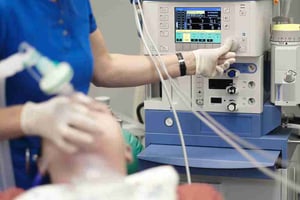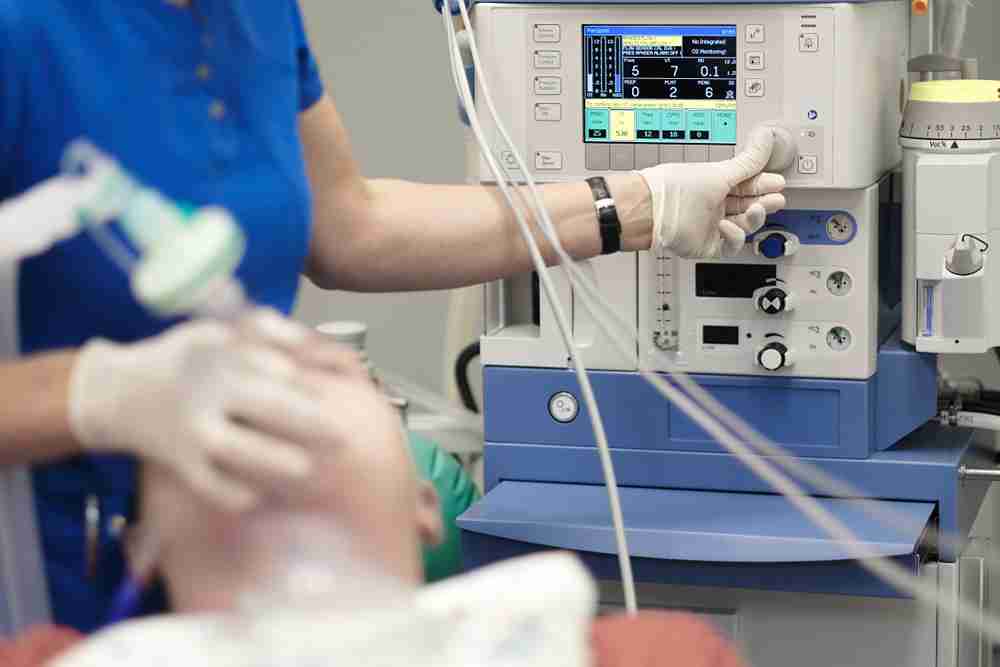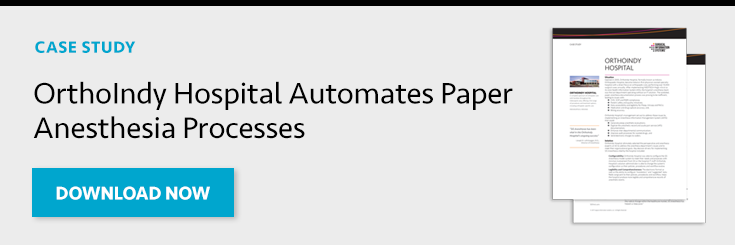 The start of a new year is a great time to step back and perform a broad examination of the anesthesia market, identifying those issues that have and will likely continue to impact the providers.
The start of a new year is a great time to step back and perform a broad examination of the anesthesia market, identifying those issues that have and will likely continue to impact the providers.
Here are three anesthesia trends to keep an eye on throughout 2019 and beyond.
1. Migration to value-based care
This is one of the biggest trends in healthcare. Providers have lived in the fee-for-service (FFS) world for so long that the movement to pay-for-performance (P4P) models is forcing many providers to reevaluate how they approach the delivery of care.
This trend shows no signs of slowing down. A 2018 Change Healthcare study of 120 payers found that about two-thirds of payments are now based on value. In fact, FFS is declining fast, with it accounting for about 37% of reimbursement in 2018 — a figure projected to drop below 26% by 2021.
What does this have to do with anesthesia? That's still a big unknown. It's relatively easy, for example, to assess a surgeon's performance of 10 knee replacements. If three become infected and this surgeon is being paid for services through P4P, he or she will likely only receive full payment for seven of the knee replacements.
But anesthesia primarily remains a FFS-driven service. There is a struggle to define metrics that show whether anesthesia providers are doing a good job versus a poor job. One could argue that as long as a patient does not suffer an adverse event from anesthesia-related complications, the anesthesia provider has succeeded in providing his or her service and deserves full payment.
Recognizing that the future of anesthesia reimbursement will likely be more closely aligned with P4P, organizations such as the Anesthesia Quality Institute are working with physician anesthesiologists and the Centers for Medicare & Medicaid Services (CMS) to develop and obtain approval for quality measures that are relevant to anesthesia. As such measures are defined, we can expect more anesthesia contracts to move away from FFS and toward P4P.
2. Collaborative care
While FFS will likely remain the predominant model for anesthesia provider reimbursement for at least the near future, providers are being impacted by the migration to value-based care in a non-monetary manner.
Since reimbursement for surgeons and facilities is increasingly tied to outcomes, there is greater pressure to ensure optimal outcomes. Organizations are calling upon their anesthesia providers to become more involved in preoperative care to help optimize patient preparation for surgery. By doing so, this can help reduce the likelihood of problems developing that can negatively impact surgeon and facility reimbursement.
Such a growing reliance on care collaboration may require anesthesia providers to perform more services and interact more closely with patients than in the past. It will be up to providers to determine how to address an expanded role and increasing responsibilities during contract negotiations.
3. Growing reliance on technology
Remember Sedasys? Here's a brief refresher.
Sedasys was a computerized anesthesia system that received Food & Drug Administration approval in May 2013. It was an automated machine designed to administer mild to moderate sedation for select procedures, including colonoscopies and upper endoscopy screenings, without an anesthesia provider in the room.
Fast forward three years and, despite generating significant buzz, the Sedasys system was removed from the market reportedly due, in part, to slow adoption.
What does a failed trend from a few years back have to do with current anesthesia trends? While it's evident that robots and machines such as Sedasys are not likely to eliminate the need for anesthesia providers, the underlying concept of computers helping providers — i.e., supporting and not replacing — is alive and well. Two examples of technologies becoming more commonplace and increasingly relied upon by anesthesia providers are anesthesia information management systems (AIMS) and analytics.
There are many factors that continue to drive the adoption and use of AIMS, but seven in particular stand out, according to a Mount Sinai Journal of Medicine article citing peer-reviewed journals. The article notes that an AIMS can improve:
- Cost containment
- Operations management
- Reimbursement
- Quality of care
- Safety
- Documentation
- Translational research
In a Becker's Hospital Review article that shares insight from four anesthesiologists on the merits of using an AIMS, more specific benefits highlighted include improved information flow, better care through enhanced support of intraop workflow, safer care transitions, and ease of access to patients' medical histories.
These anesthesiologists also tout the ability for data captured in an AIMS to be turned into actionable information through analytics that can drive improvement opportunities. Analytics has gone from being a buzzword to a technology that many organizations — and a growing number of anesthesia departments and providers — lean on heavily to better ensure decisions are supported by evidence (i.e., data).
The Becker's article shares examples of a few such evidence-supported decisions. They concern migration of cases that better optimized facility use and resources, operating room and facility management that yielded millions of dollars in savings, and the development of performance metrics that better aligned a hospital and its anesthesiologists.
As the number of users of technologies such as AIMS and analytics continues to grow, we can expect developers of these technologies to work closely with their users to further strengthen their offerings through the launch of new and more advanced features and functions.
2019: A Big Year for Anesthesia
What the three anesthesia trends discussed in this piece — and there are many others that we're watching closely — tell us is that the anesthesia market is and will be experiencing some significant changes in the coming year. Providers and their organizations will be wise to evaluate how trends are impacting the market and determine what will be required to ensure their quality of care, outcomes, efficiency, and finances remain strong. Fortunately, solutions such as those highlighted in the third trend should make it easier for providers and organizations to elevate their clinical, financial, and operational performance to meet short- and long-term goals. And that's good news for patients and the healthcare system as a whole.




























